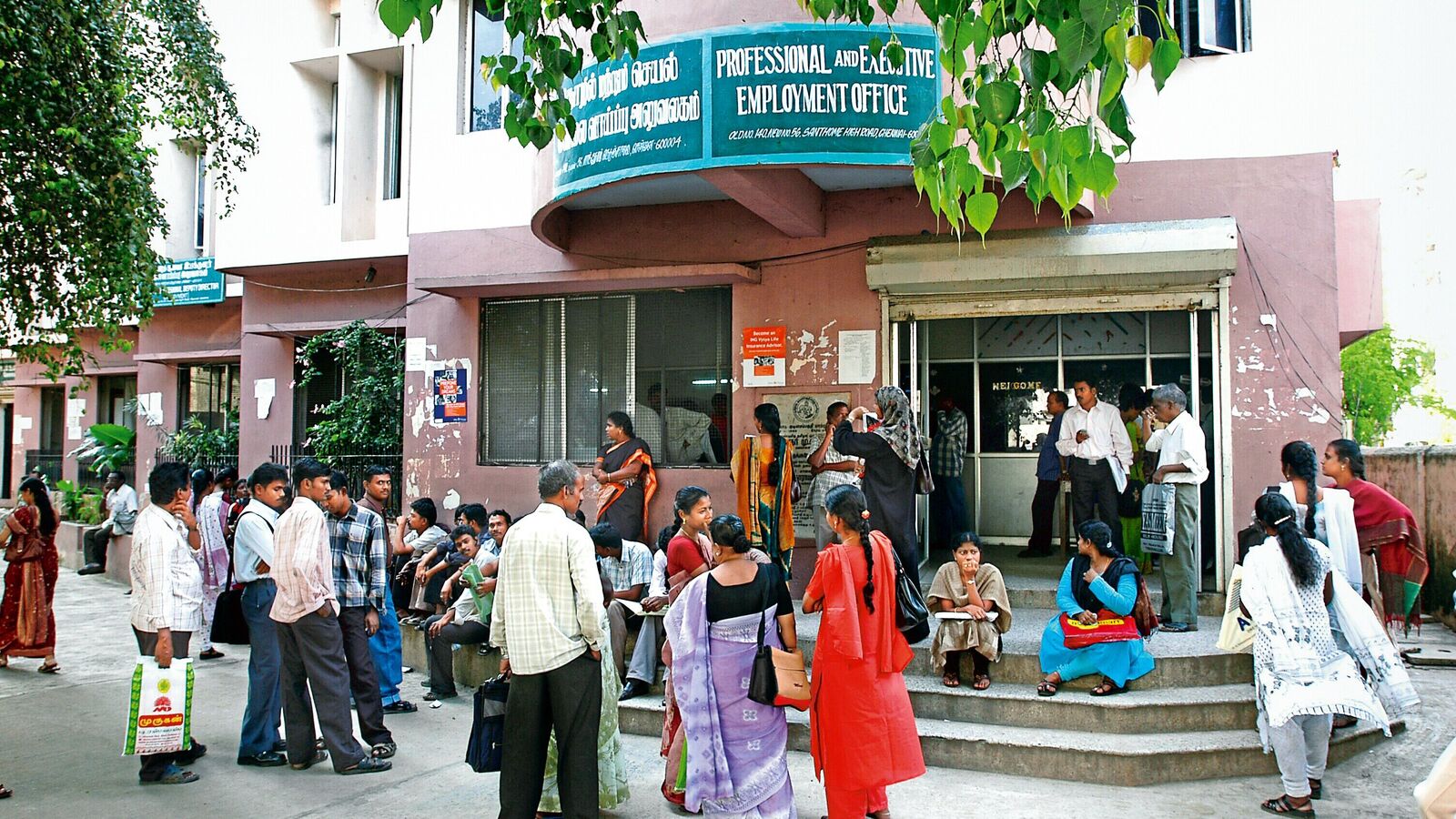GST collections in India have improved significantly over the last three years. In 2021-22, 2022-23 and 2023-24, they rose by 30.8%, 21.4% and 11.8%, respectively. One of the major reasons for this is better compliance.
Now, did higher GST collections lead to an impression among households that they are paying higher indirect taxes while their incomes aren’t going up, or at least not as fast as before? For a government that places great importance on managing the policy narrative that prevails, this could explain monthly GST figures not being shared.
Or is there some other reason at work? GST collections in May grew at 9.96%—the first time their growth fell below 10% since June 2021. Growth in June 2024, based on the data informally shared, stood at around 7.8%. Does the government now expect GST growth to get closer to nominal GDP growth?
Has better compliance run out of juice, given that year-on-year growth in GST collections has slowed down? And this could mean regular GST data releases won’t support the narrative of a strong economy, like in the past? Well, on these questions, your guess is as good as mine.
Indeed, GST figures are not the only example of the government taking it easy on the data front. The decennial population census that was scheduled in 2021 has still not happened. Census data is a very important input for policy decisions that impact a large part of the population (or at least should be).
As economist Jean Drèze wrote recently in The Indian Express: “There is a danger of serious confusion and even conflict, for instance around the coverage of food subsidies, the delimitation of constituencies and resource allocation.”
Or let’s take the case of employment numbers released by the Reserve Bank of India (RBI). It estimates that from the end of 2018-19 up to the end of 2023-24, close to 151 million jobs were created. As per central bank data, more than 31 million jobs were created even during the pandemic year 2020-21.
This goes against plenty of other evidence on offer, from a slowdown in two-wheeler sales to continued demand for work under the Mahatma Gandhi National Rural Employment Guarantee Scheme even after the pandemic, significantly lower tele-density figures, and a significantly lower number of passengers carrying out non-suburban railway travel than in pre-covid years. All these figures suggest that there are problems on the income front, which suggests a problem on the jobs front.
So, how does one explain the creation of close to 151 million jobs? As economist Madan Sabnavis told Mint: “The data shows there was growth in employment even during the two pandemic years… It is a bit hard to reconcile.”
Or, as Amit Basole, head of the Centre for Sustainable Employment at Azim Premji University, told Business Standard: “There is a large increase coming from agriculture and from self-employment, which includes own account work or unpaid family work.”
While this might explain why RBI’s jobs data doesn’t pass a basic smell test, what is really needed is more detailed and more regular jobs data, which the country currently lacks.
But then, the regular collection and publishing of jobs data might just go against the narrative of a strong economy that the government appears keen to project all the time.
Or, as Raghuram Rajan and Rohit Lamba write in Breaking the Mould: Reimagining India’s Economic Future: “For instance, the sparse data on poor job growth can be buried by an avalanche of inaugurations and announcements, so that an illusion of robust job growth is maintained.”
So, where does this leave us? It’s time that regular observers of the Indian economy construct a Keqiang index of their own.
In 2010, The Economist created a ‘Keqiang index’ for the Chinese economy. It was named after Li Keqiang, who at that point of time was the deputy prime minister of China. He would become prime minister in 2013 and stay on until March 2023.
Li Keqiang liked looking at indicators like railway cargo volume, electricity consumption and loans disbursed by banks in order to get an indication of which way the Chinese economy was really headed. These numbers were real numbers and not theoretical constructs like gross domestic product (GDP).
In a similar style, serious observers of the Indian economy need to look at a broader set of data—numbers like two-wheeler sales, non-suburban rail travel, smartphone sales, tele-density, work demand under the work-guarantee scheme and net sales of listed and unlisted companies, along with the parameters that go into the Keqiang index and the commentary provided by fast moving consumer goods companies on their financial results—if they are not doing so already. Getting a rounded picture isn’t an easy task.
#Data #haze #Heres #India #version #Keqiang #index






